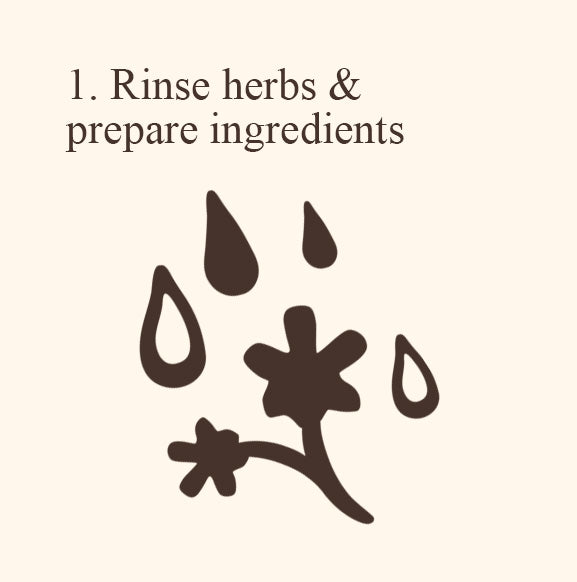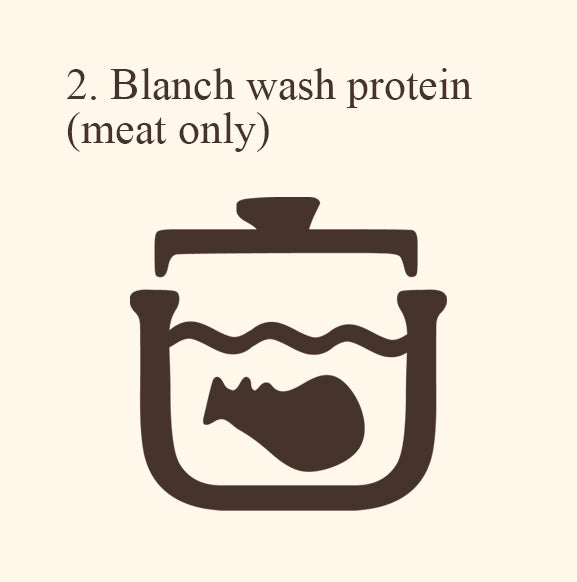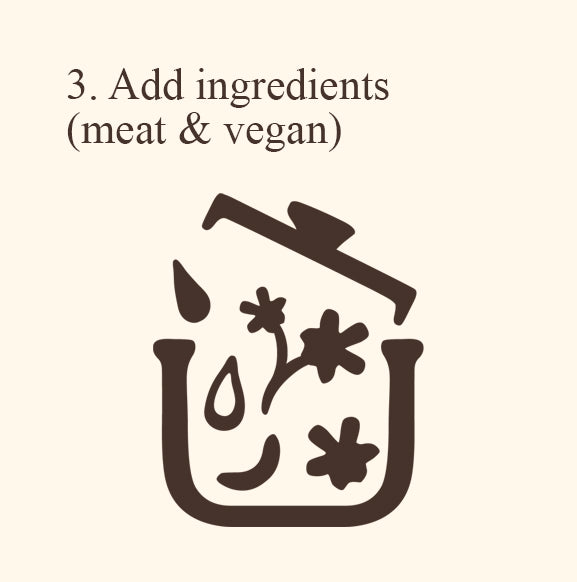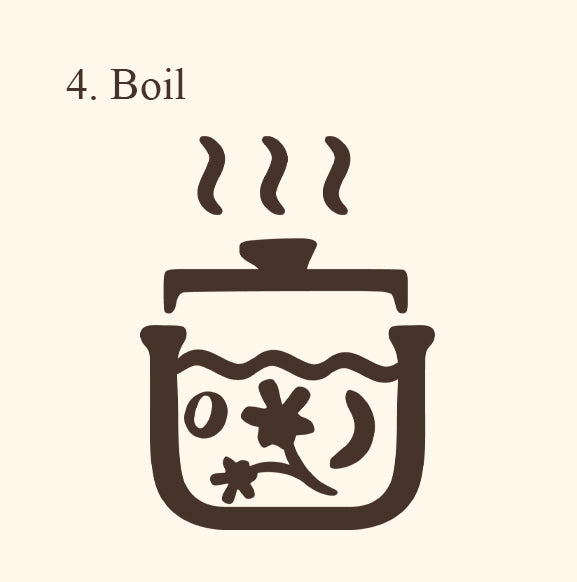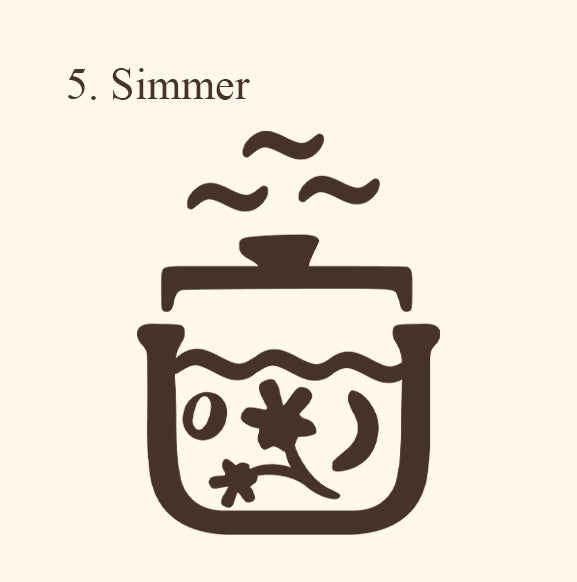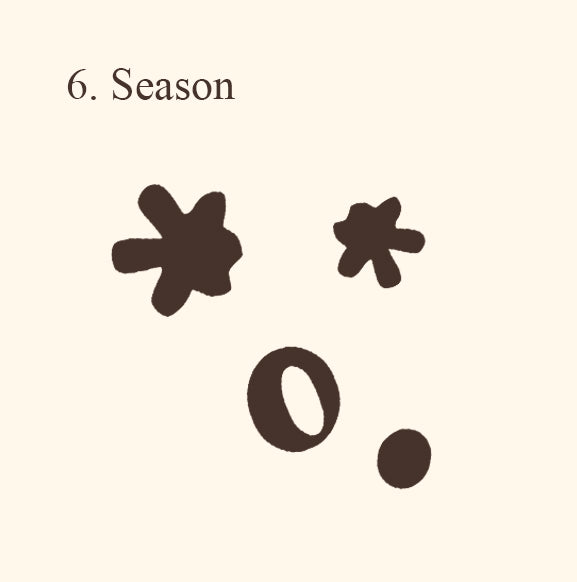Cookings tips to get you started
Nourishing your body doesn't have to be complicated.
The focus is on simplicity.
This is a guide to how to cook our herbal soup tonics.
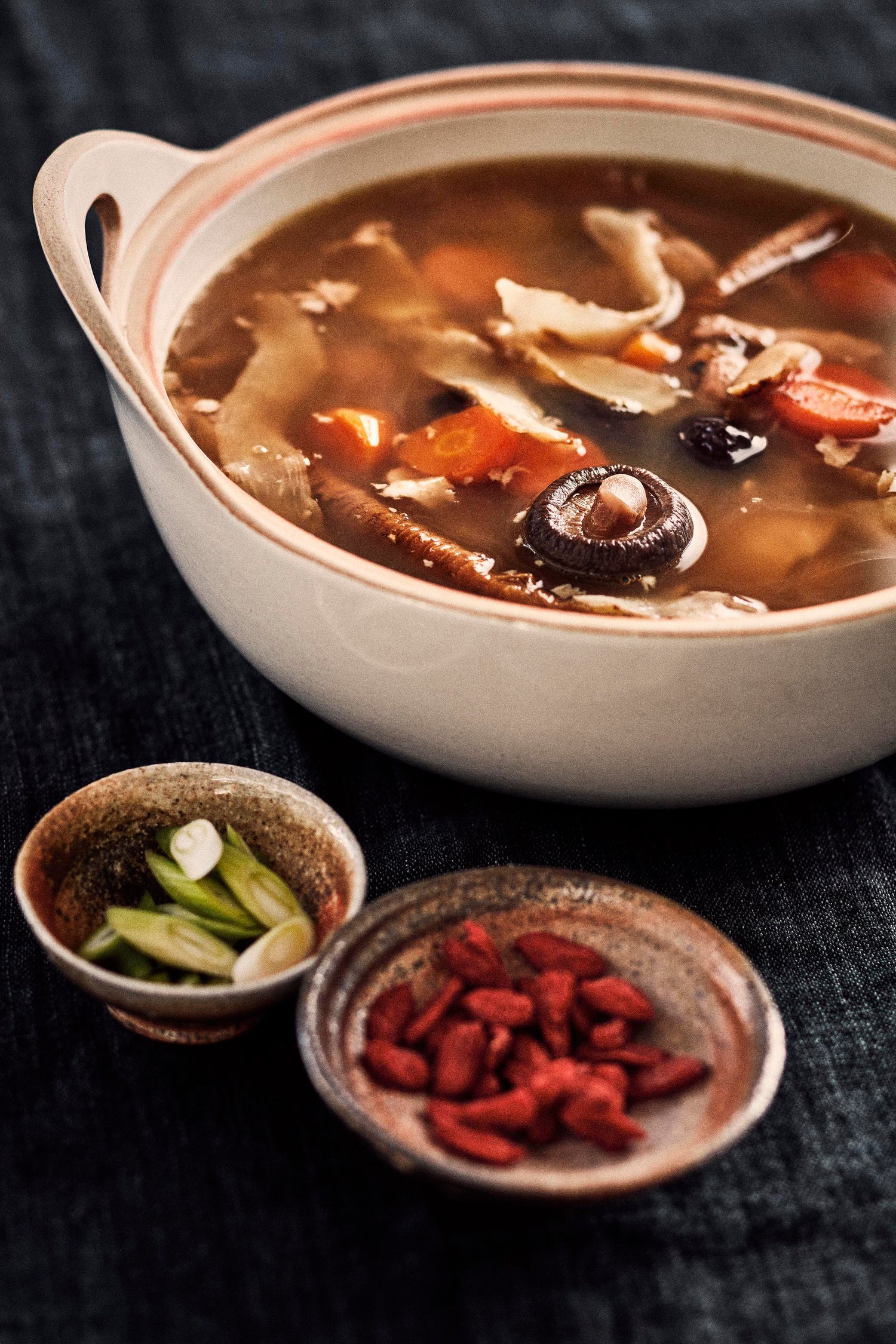
We have designed the herbal blends and the cooking process to be as easy as possible. You don't need any special equipment.
Your best options are ceramic or clay pots however if you do not have access to one, your good ol' standard stainless steel or cast iron pot will do the job just nicely.
If you have a slow cooker or double boiler, those will also make life easier as you let it simmer away without having to watch the fire. We do not recommend non-stick and aluminium pots.
Remember, herbal soups are always best cooked 'slow & low' for full nutrient extraction.
Universal Cooking Method
Serves 4
Base Ingredients
- ~500g of protein
- 2.5L water (or stock) + extra to blanch protein & rinse herbs
- 4 slices of ginger
- Optional add-ins - your favourite aromatics
- Option to add sesame oil / black glutinous rice wine to taste
- Salt to taste
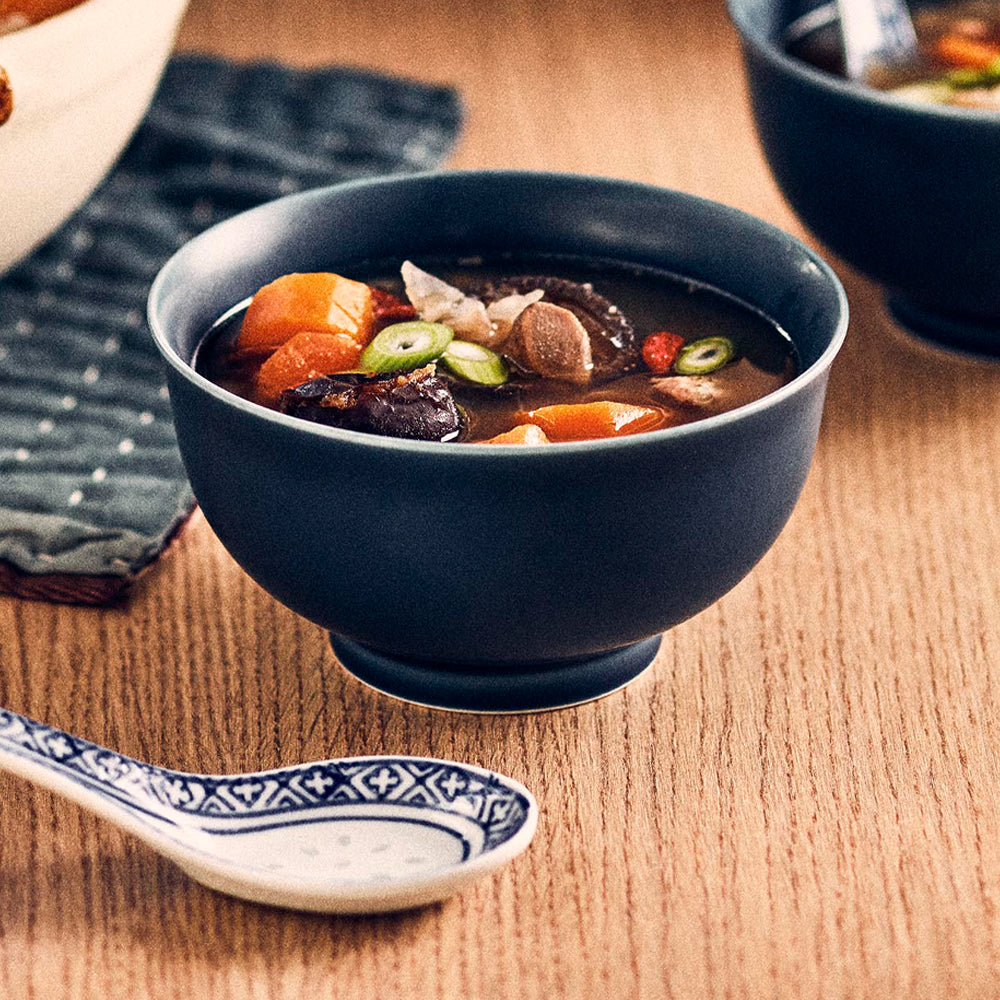
Steps 1-2
1. Rinse the herbs in cold water to 'awaken' herbs.
2. Blanch Wash Protein. Prepare a pot of boiling water. Add protein to a pot and ensure water covers the protein. Bring back to boil.
Once the liquid has boiled, boil for an extra 1 minute before discarding the liquid. You may notice some brown foam and impurities surface.
Give the protein another thorough rinse under water to clean any impurities and fat.

Steps 3-6
3. Add All Ingredients. Prepare 2.5L of boiling water in your soup pot. Strain rinsed herbs and add to your soup pot with cleaned protein, ginger & any aromatics.
4. Boil. Bring to boil and continue boiling for 3 minutes.
5. Simmer. Turn down heat to the lowest setting and simmer for 2 - 3 hours.
6. Season. Stir in rice wine / sesame oil (if using) and season salt to taste. Rest for 5 mins before serving.
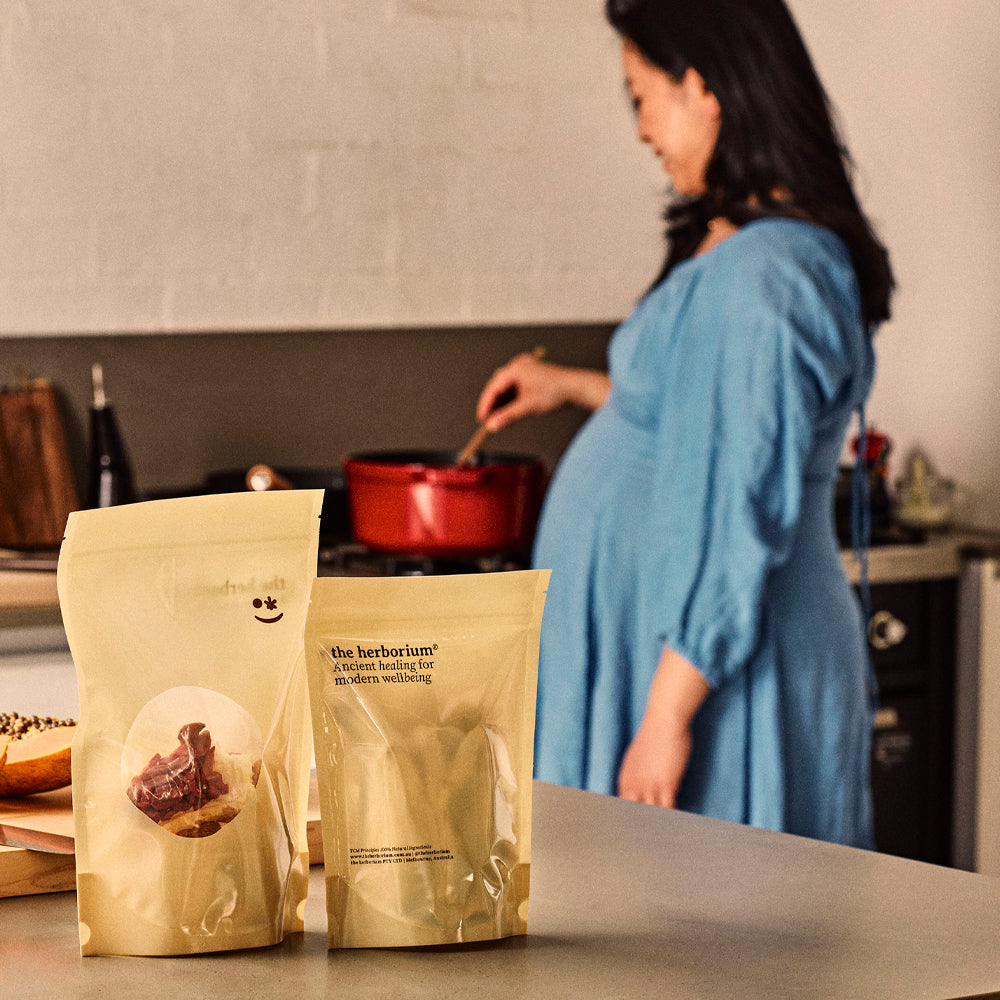
Herbal Soups Cooking Notes
Top Tip
The longer the herbal tonic soup has been cooked, the more the tonic will reduce into a beautiful, darker & richer flavour. Recommend cooking the night before and reheat throughout the day when ready to serve. This will further infuse the herbs and ingredients into the liquid for a more robust flavoured soup. If too much water has evaporated during the cooking process, you may add more water into the pot.
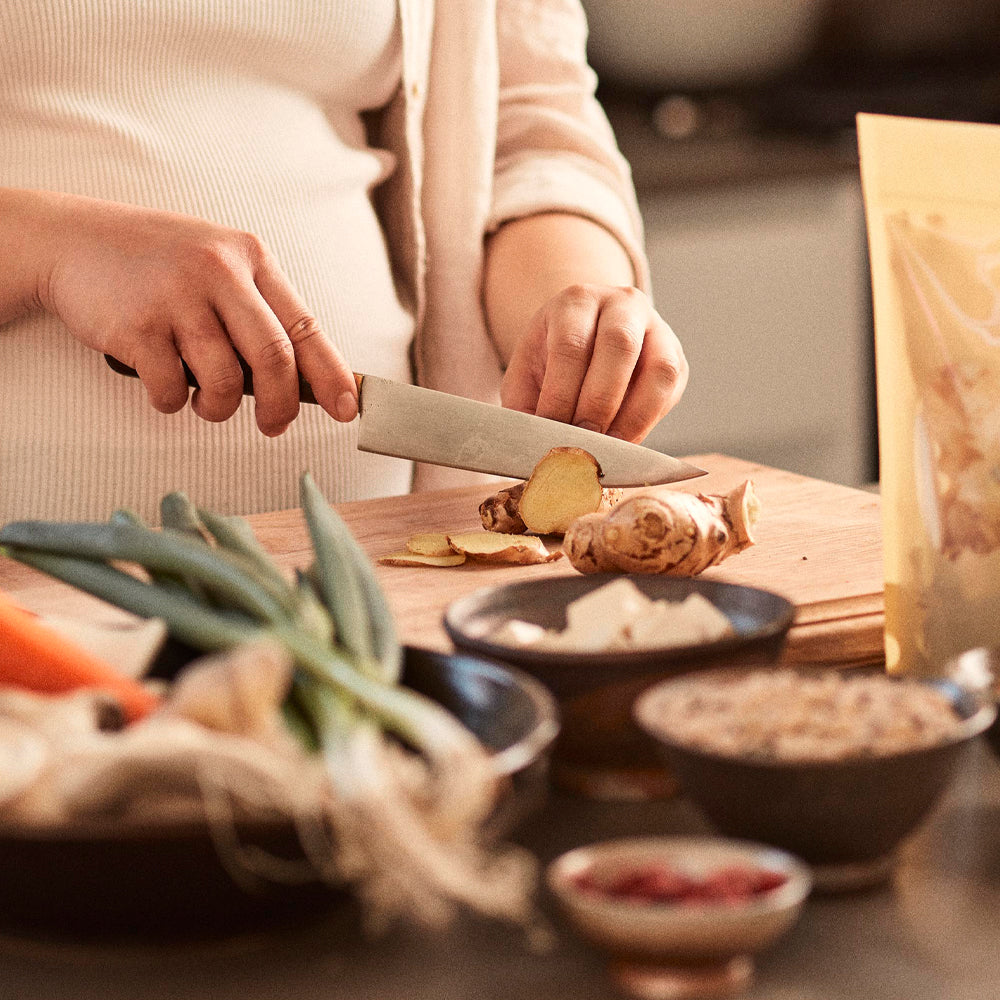
Choosing Add-In Ingredients
These are optional so you do not have to add in extra ingredients however they will enhance the flavour and add in extra nutrients. You also don't need to go overboard with the additions. If you ask us what our 'must haves' are, our no-brainers are carrots, a small hand-full of shiitake or black wood ear mushrooms and a hand full of beans (black bean and black-eyed beans are our favourite). Dried seafood such as dried scallops, squid and octopus will also enhance the flavours.
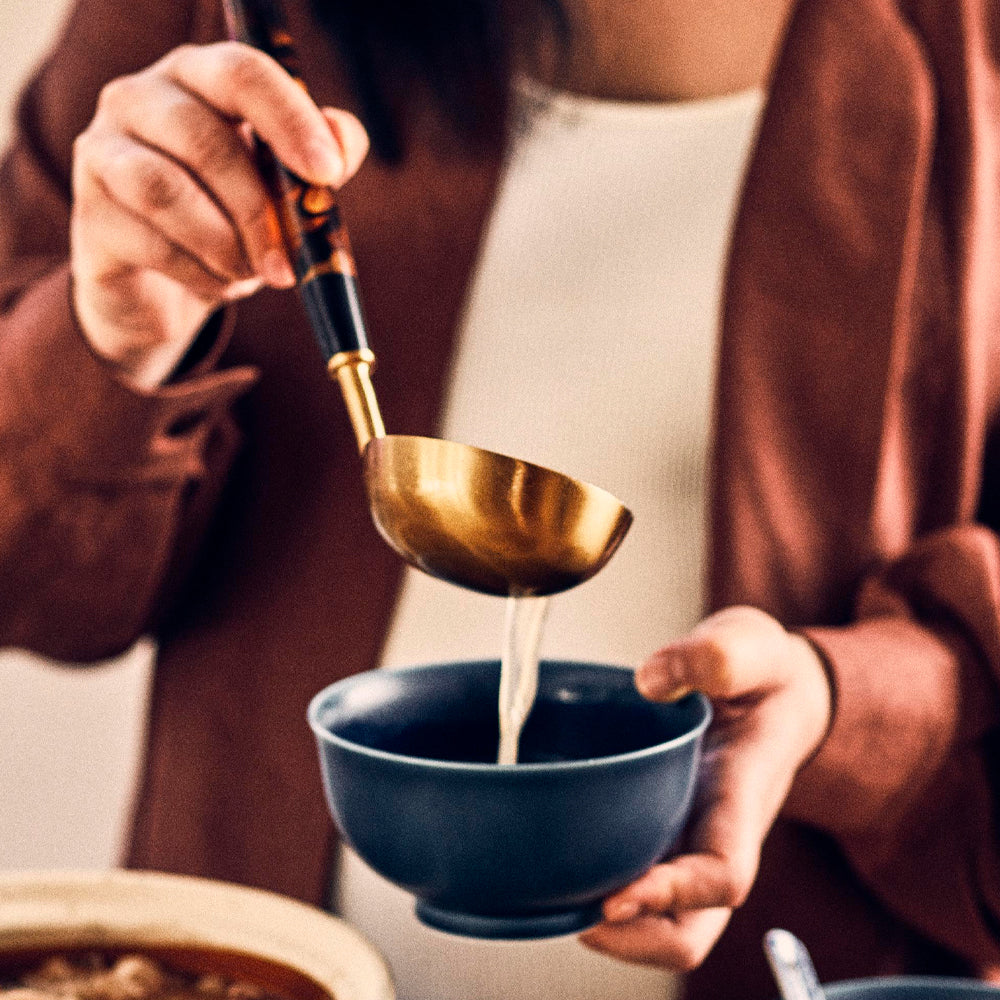
Adding Extra Protein
If adding more protein than the recommended amount, ensure all ingredients are submerged in water. You can add a combination of protein with bone-in as well as lean protein for enhanced meaty flavour. Look for bone with more meat if possible. Lean protein will be tough after cooking but the flavour will be beautifully extracted into the soup.

Other Tips
- For extra flavour, marinate the protein with salt after blanch washing protein.
- For a clean and clear soup, remove any skin and fat from protein. Skim the layer of oil from the surface & discard before serving.
- If you find that there is too much liquid for daily consumption, increase the fire to help reduce the soup into a more concentrated liquid.
- Store leftover herbal soup in the fridge. When you are ready to serve, just bring to boil.
- The herbs are edible so don't be afraid to taste although some can be fibrous. You can either serve them with your tonic or strain & discard.

